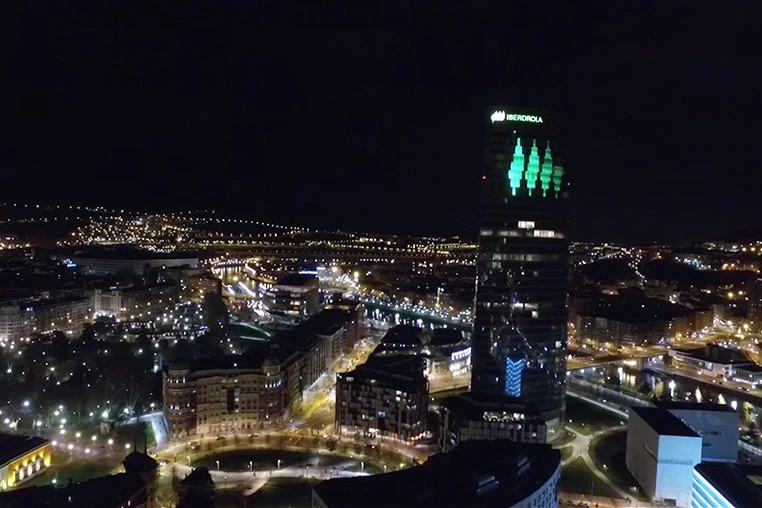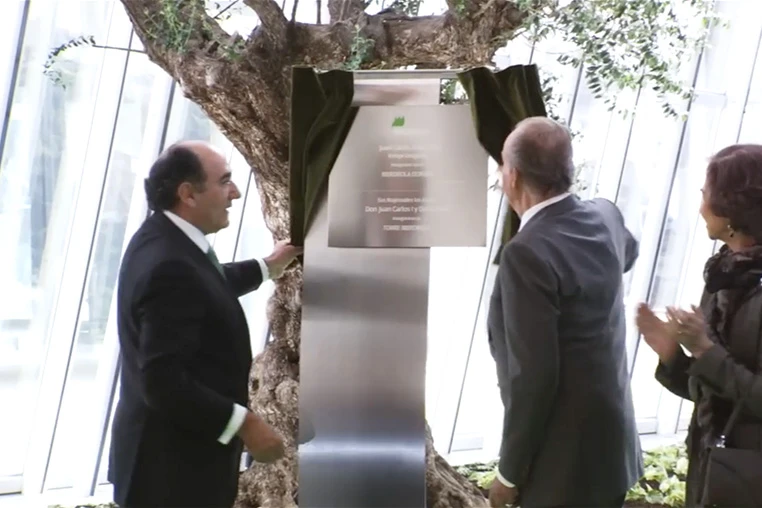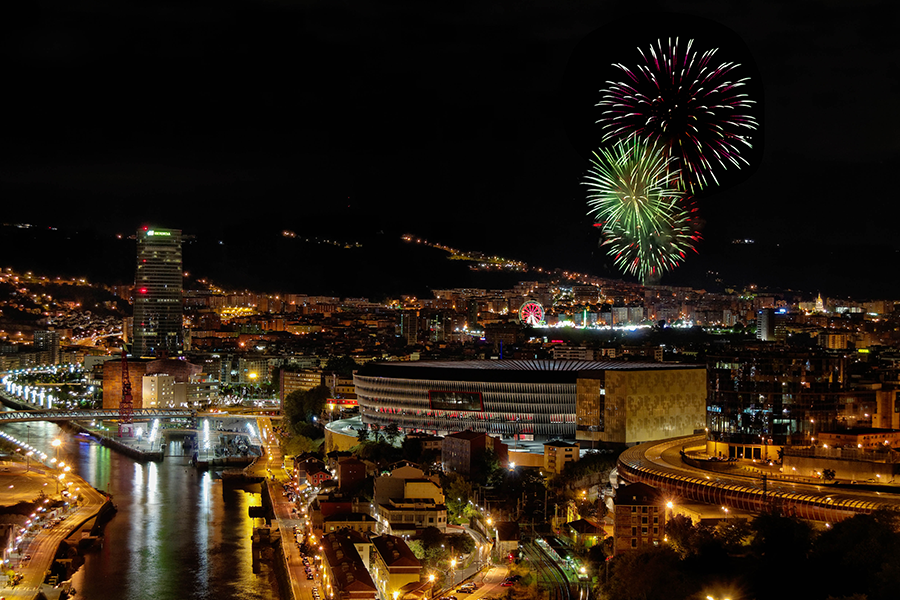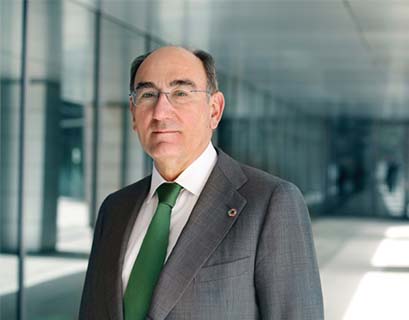Corporate headquarters
Symbol of the Group's commitment to innovation, sustainability and art
Designed by the prestigious architect César Pelli, the Torre Iberdrola is the site of the Group's headquarters and has all the characteristics to make it the ground zero of renewable energy. This impressive 165-metre-high glass structure is a financial and business icon of the city of Bilbao, and the gold standard in sustainable design and energy efficiency. The building is also a meeting point between art and society, and can be visited online.
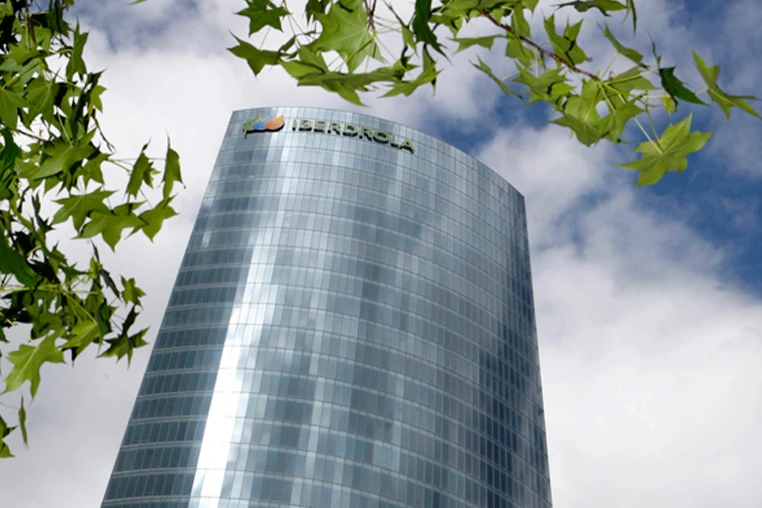
The Iberdrola Tower turns 10 years old. This was its construction (Spanish version).
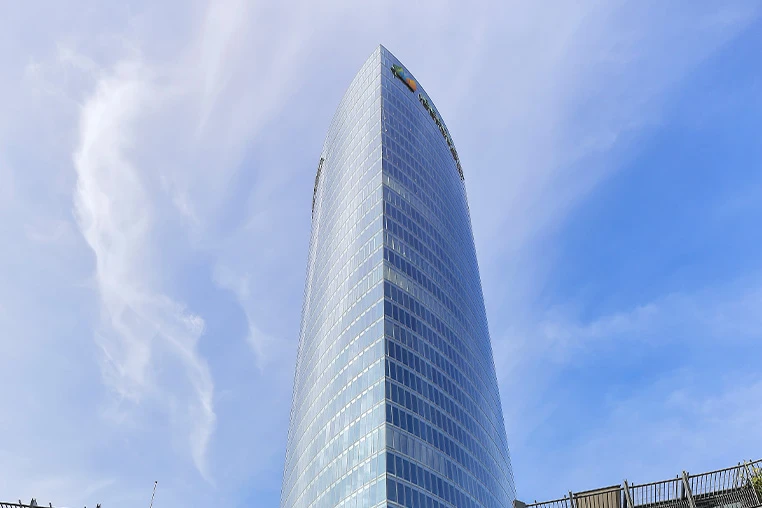
The building, designed by the architect César Pelli, is the tallest in the city.
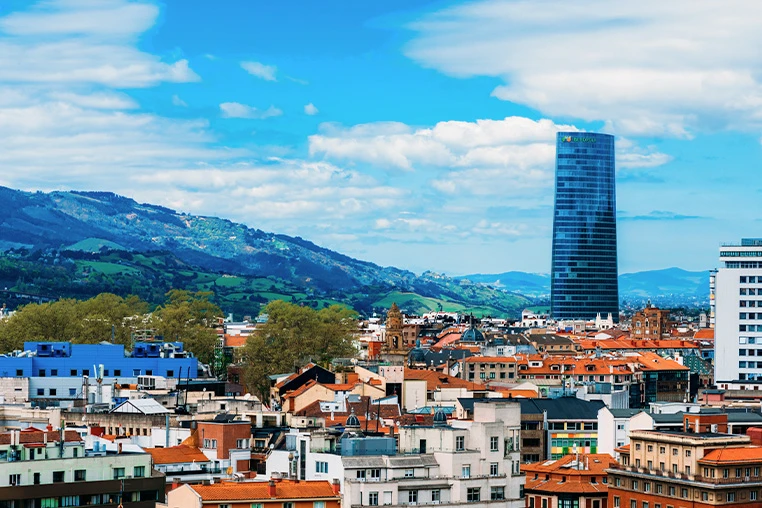
The Torre Iberdrola is a financial and business icon in 21st-century Bilbao.
Officially opened on 21 February 2012, the Torre Iberdrola is now the centre of Bilbao's 'Manhattan' and is home to between 1,800 and 2,000 employees. With a usable area of 50,000m², it receives around 6,000 visitors each month.
This towering obelisk, whose triangular shape makes the most of the available space, is the tallest building in the urban area, and covers approximately 62,000 square metres across 41 open-plan floors. Symbolically, the projections of its vertices meet at a height of a thousand metres. The facade spans 20,000 square metres, equivalent to two football fields, and features 5,000 high-performance, low-emission, extra-clear glass modules.
Located along the regenerated promenade of the Bilbao estuary, close to key areas and landmarks of 21st-century Bilbao such as the Guggenheim Museum, the Euskalduna Palace, Plaza Federico Moyua and Muelle Campa de los Ingleses, the group's headquarters reflects the company’s commitment to the Basque Country and to the city that, more than 100 years ago, gave rise to several of the companies that now form part of Iberdrola.
Respectful of the environment
The Torre Iberdrola has been conceived as a driving force for creating value for the company's employees, its environment and its customers. The internal distribution of the headquarters promotes teamwork, the transfer of knowledge and organisational learning in an ideal space, one that is respectful of the environment, and that contributes to operational efficiency.
The building has the prestigious LEED CS 2.0 Certification (Leadership in Energy and Environmental Design), granted by the USGBC (US Green Building Council), which evaluates and recognises the healthiest and most environmentally responsible projects, with the most cost-effective structures. To this end, the regeneration of the area, access to public transport, parking capacity, bicycle parking and the maximisation of outdoor spaces have been taken into account.
In addition, the energy consumption of the Torre Iberdrola comes exclusively from certified 100% renewable energy sources, which promote maximum respect for the environment by avoiding CO2 emissions and other polluting gases. The energy-efficient building was constructed with at least 20% recycled material and another 20% with materials from the area, to reduce the environmental impact of freight transport. The implemented technology also allows water to be reused and a 40% reduction in standard consumption.
Torre Iberdrola is an emblem of internationalisation, modernity, sustainability and respect for the environment. Video voice transcription (in Spanish) External link, opens in new window..
Torre Iberdrola: Switch On///Actívalo, an interactive work of art by Eugenio Ampudia (2-8 April 2016).
Inaugural event of the Torre Iberdrola, February 2012. Video voice transcription (in Spanish) External link, opens in new window..
A space for art
A fundamental part of Iberdrola's commitment involves the promotion of art and culture. For this reason, in the lobby of the building there is a heterogeneous sample of works by Basque artists such as the painter Jesús María Lazkano, the sculptors Cristina Iglesias and Txomin Badiola, and the multidisciplinary Darío Urzay, José Ramón Amordarain and Asier Mendizábal. At the same time, the Torre Iberdrola has been the undisputed protagonist of works that illustrate the urban transformation of the Biscay capital. This is reflected, for example, in a series of photographs by José Manuel Ballester that represents the imposing building from different perspectives, going from a contemplation at street level to a panoramic view from the window of one of its floors.
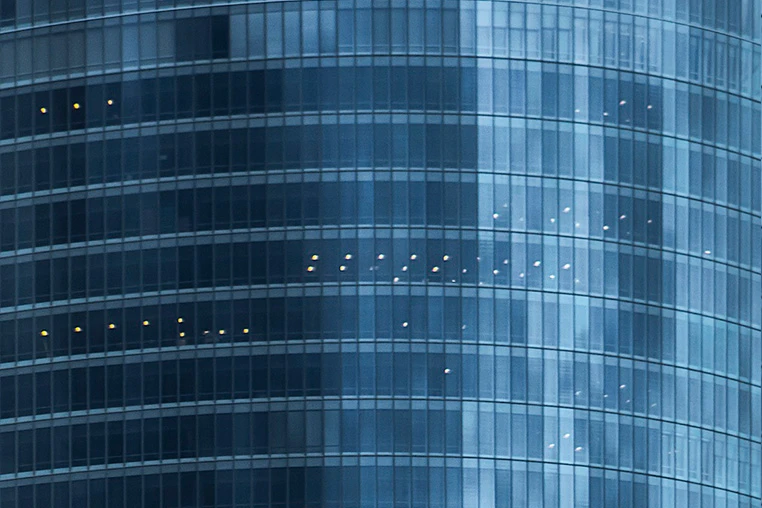
'Bilbao 1' (2013), José Manuel Ballester.
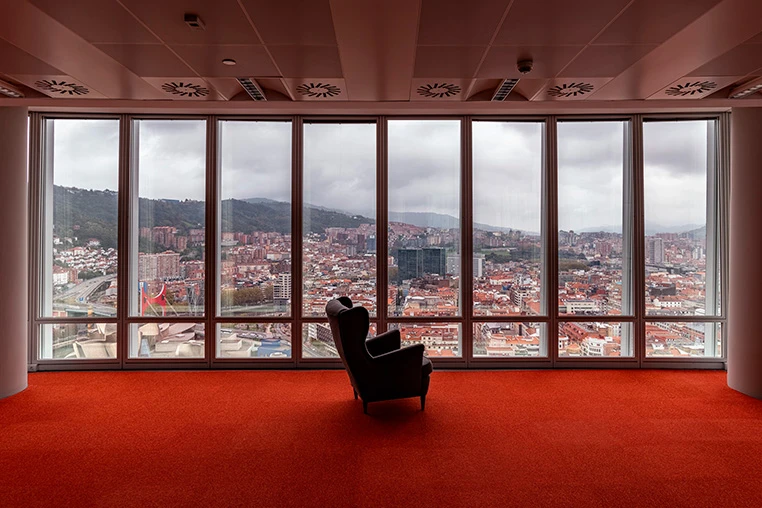
'Torre Iberdrola, planta 28, Bilbao' (2020), José Manuel Ballester.
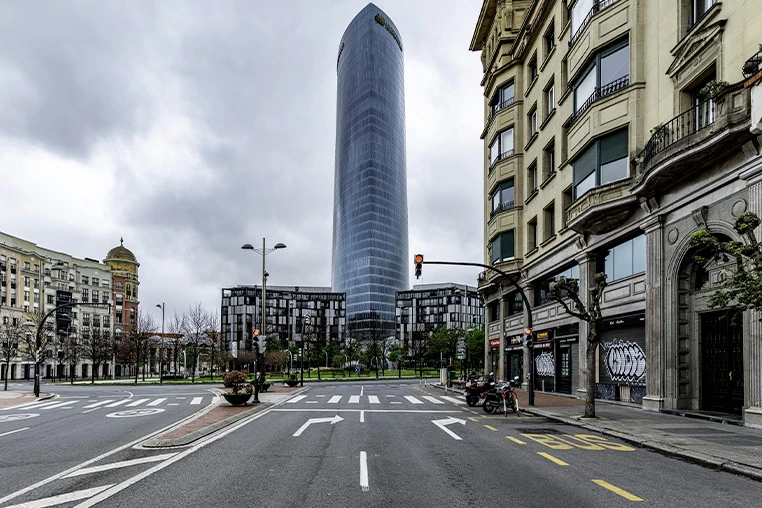
'Bilbao 2' (2020), José Manuel Ballester.






